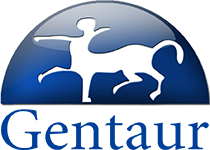KLF4
[Linking template=“default“ type=“products“ search=“KLF4″ header=“3″ limit=“95″ start=“1″ showCatalogNumber=“true“ showSize=“true“ showSupplier=“true“ showPrice=“true“ showDescription=“true“ showAdditionalInformation=“true“ showImage=“true“ showSchemaMarkup=“true“ imageWidth=““ imageHeight=““]
